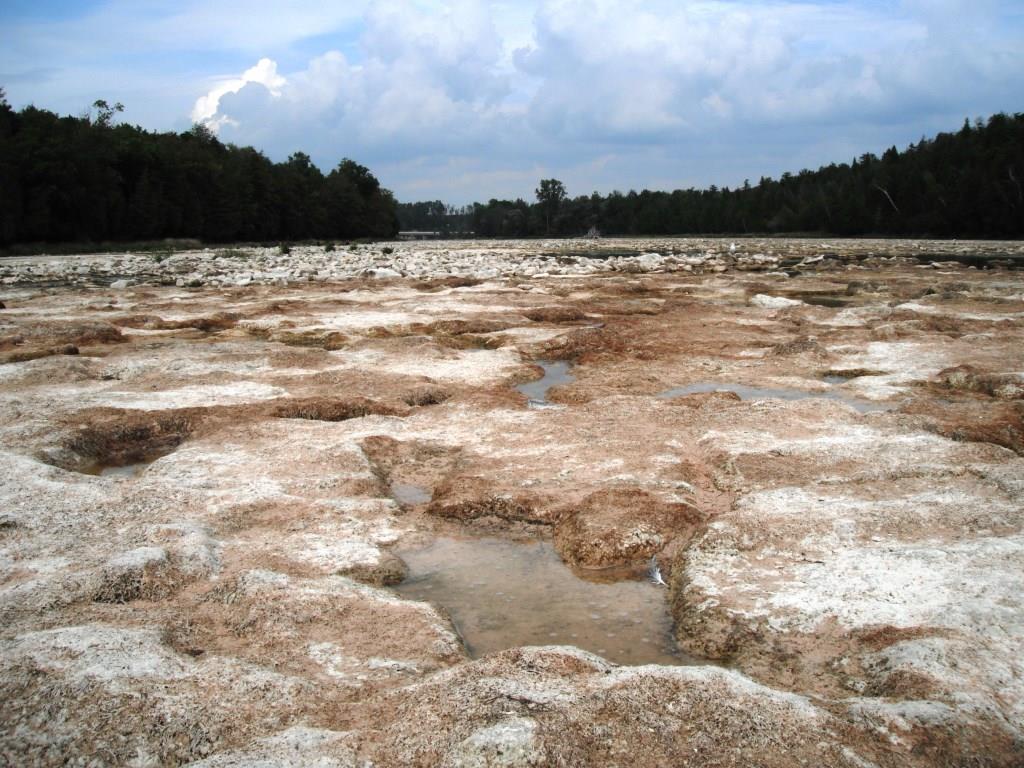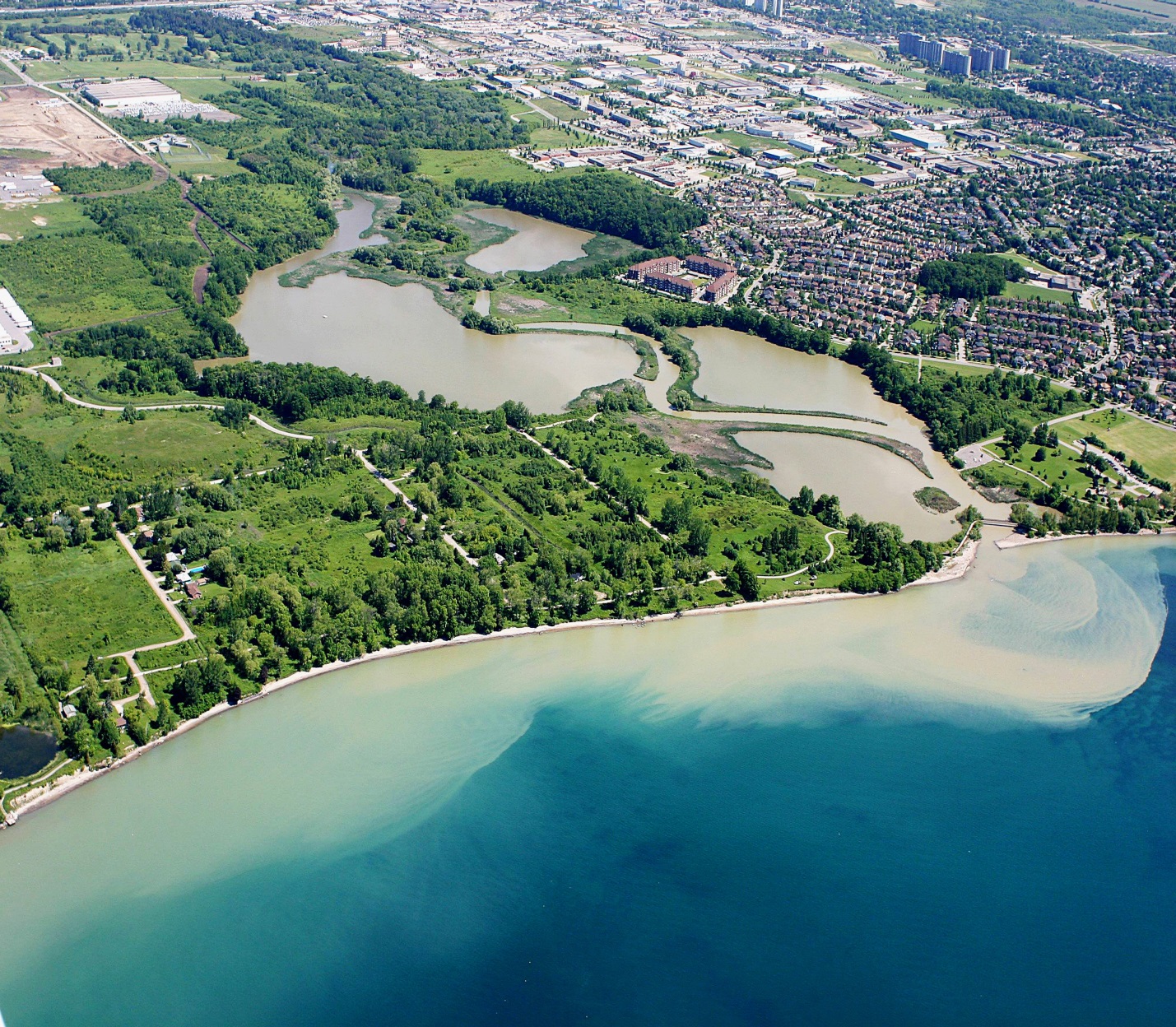The Provincial government is developing a Climate Change Plan and we all have a chance to submit ideas until the deadline which is November 16, 2018.
We already struggle with climate change impacts here in Ontario including:
- Flood damages to homes, roads, bridges and buildings;
- Business and social disruptions from power outages, heat waves, flooding, low water conditions and impacted water supply;
- Increased weather-related insurance claims for floods, forest fires and other catastrophic events are severely affecting the insurance industry;
- Increased levels of government funding and liabilities in order to help people and businesses recover from flood and other events;
- Increased health care costs as a result of poorer air quality and hotter temperatures which create increased respiratory and other illnesses;
- Increased costs to natural resource-based industries such as forestry, fishing, shipping and winter recreation as a result of decreased ice cover on lakes and rivers, less reliable snowfall and forest fires; and,
- Lower flow and drought in streams and rivers affecting fish habitat, farming and summer recreational activities.

The longer we wait to seriously address climate change impacts, the more expensive it will be for all levels of government, taxpayers, businesses and our economy, generally.
#1 Protection of Ontario’s water resources needs to be added as a focus area
Climate change is already affecting Ontario’s lakes, rivers, streams and groundwater sources and the Province needs to assure Ontarians that it can continue to provide enough safe water for our needs, particularly for drinking water – today and into the future.
As a result of a changing climate, streamflow is low or unpredictable, runoff is creating poor water quality in rivers and lakes, and many lake levels are either often too high or too low.
A climate change plan needs to monitor and address critical water-related issues such as stormwater management, drinking water protection, low water and flooding.
#2 Update flood plain mapping and address aging flood prevention infrastructure in Ontario
Extreme weather is impacting where flooding takes place and how it affects roads, homes and businesses. More frequent year-round and stronger flooding affects infrastructure, creates business disruptions and can change peoples’ lives when their homes are threatened or damaged.
#3 More monitoring is needed to track climate change impacts and plan to adapt to both drought and flood events
Having water available for residents, businesses, agriculture and other needs is critical to a healthy population and thriving economy. Climate change impacts are affecting Ontario’s water supplies and their quality.
#4 Stormwater management needs to be included in a climate change plan
Increased runoff from more frequent, heavy rainfall and snowmelt creates dangerous and costly contamination for our water resources. Stormwater management policy, guidance and actions are needed to prevent erosion, protect the water quality in streams, lakes and groundwater (drinking water sources) and prevent costly damages to roads, bridges, buildings and other infrastructure.
#5 We need to protect and increase green spaces in both urban and rural areas
Vegetation such as forests, shrubs, wetlands and grasses prevent flooding, help to absorb carbon, prevent runoff, cool air temperatures as well as provide recreational and quality of life benefits. 
#6 The Ontario Drinking Water Source Protection program needs to be a critical piece of the Province’s climate change plan
This program protects lakes, rivers, streams and groundwater sources which we rely on for our drinking water. Clean and safe drinking water source quality and supply are threatened by warming temperatures, drought, stormwater runoff, and more frequent flooding. Relying just on water treatment facilities to ensure safe drinking water could be a very costly choice. Protecting water sources and preventing overuse or contamination needs to be done as a first step and in partnership with water treatment.
#7 We need to build on current efforts of municipalities, conservation authorities and other agencies for a smart and cost effective approach to address climate change impacts
Ontario’s 36 Conservation Authorities plan and deliver a diverse range of long term watershed management programs – often in partnership with all levels of government and many other agencies. This work helps us to adapt to climate change and build local resiliency.
Building on this foundation and many other ongoing initiatives would be a good first step in planning and implementing an effective climate change plan.
It would enable the Province to immediately address growing issues and changing conditions in a cost effective manner.
Please take the time to SUBMIT YOUR IDEAS to the Province to help them develop an effective climate change plan.
Author:Kim Gavine, General Manager, Conservation Ontario